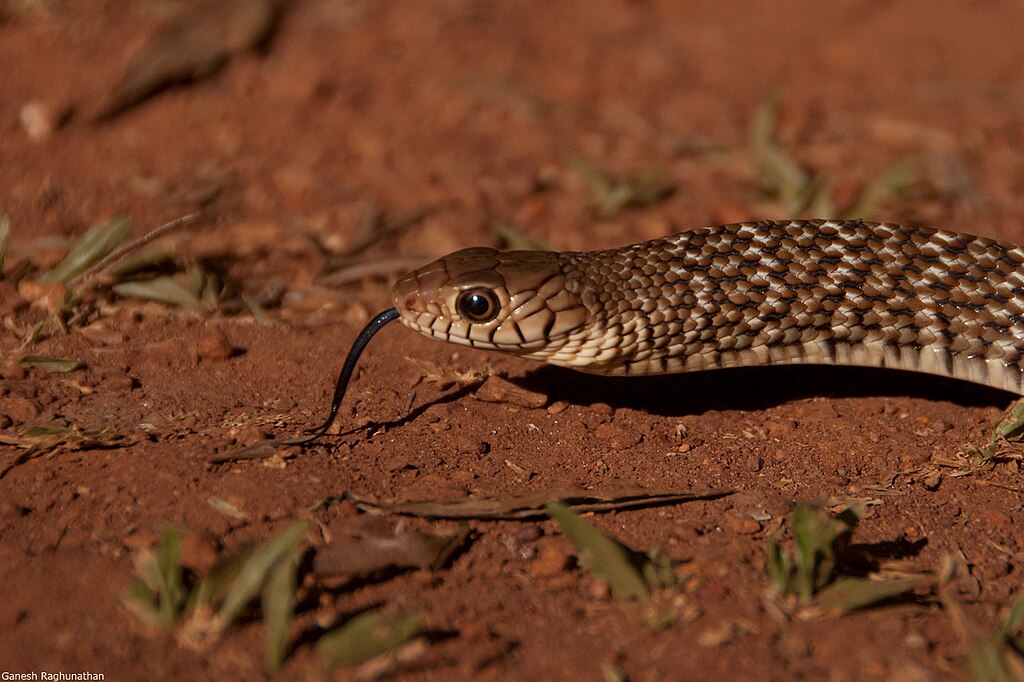Have you ever experienced that unsettling feeling of being followed while hiking through nature? Perhaps you’ve noticed a snake seemingly tracking your movements as you navigate a trail. Contrary to popular belief, this behavior isn’t always a prelude to attack. Non-venomous snakes may follow humans for various reasons that have more to do with their survival instincts than any malicious intent. This article explores the fascinating behavioral science behind why some harmless serpents might shadow your steps in the wilderness, helping to dispel fear and foster a better understanding of these misunderstood creatures.
The Curious Nature of Non-Venomous Snakes
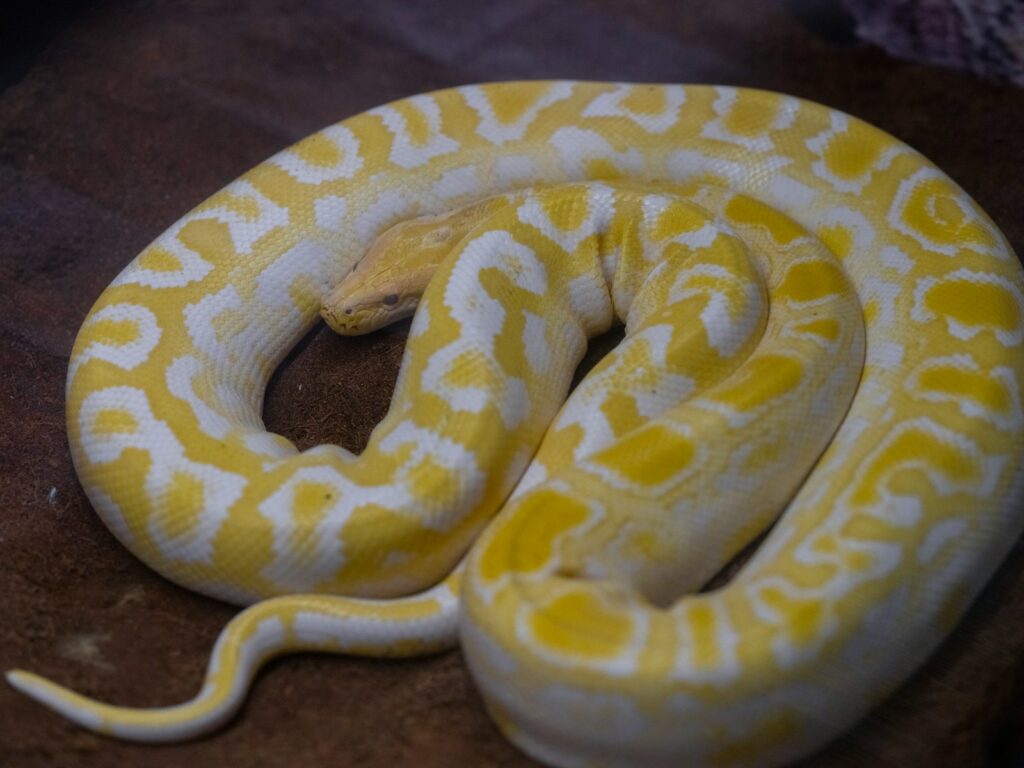
Non-venomous snakes, despite their intimidating reputation, are generally inquisitive creatures that interact with their environment in complex ways. Many species exhibit exploratory behaviors when they encounter novel stimuli in their territory, including human visitors. This curiosity isn’t aggression but rather an evolutionary adaptation that helps them gather information about potential threats, food sources, or changes in their habitat. Species like rat snakes and garter snakes are particularly known for their bold, investigative temperaments. Understanding that a snake’s following behavior often stems from curiosity rather than hostility can help alleviate unnecessary fear during wilderness encounters.
Mistaking Humans for Prey
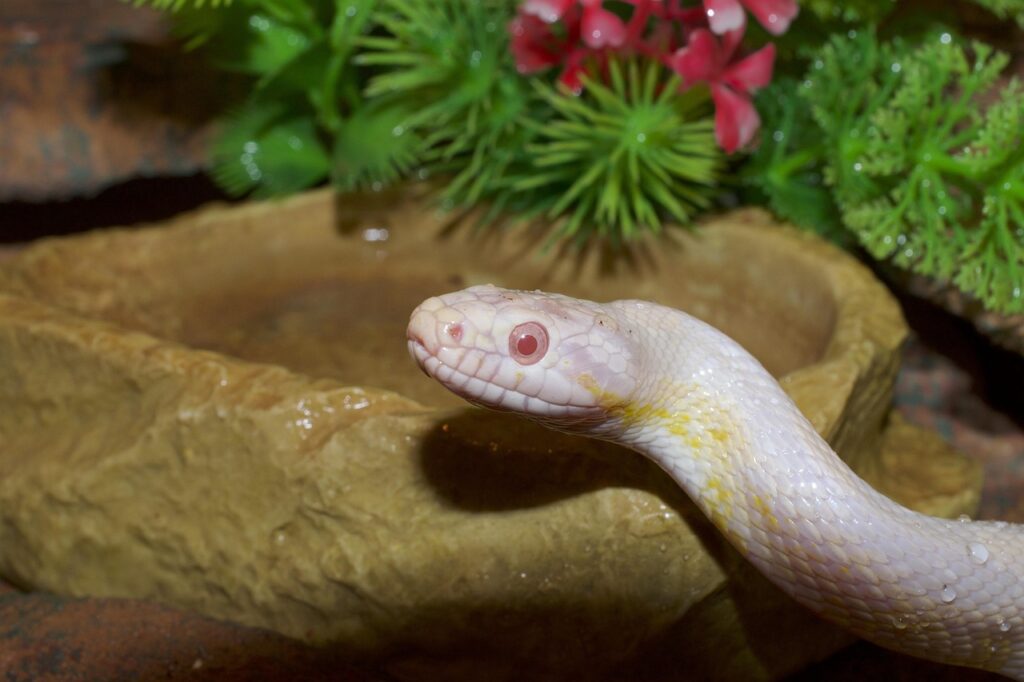
Sometimes what appears to be following behavior is actually a case of mistaken identity. Non-venomous snakes have specialized sensory systems that detect movement, heat, and scent, but these systems aren’t always precise when it comes to identifying specific creatures. A snake might follow you because your movements have triggered its predatory response, especially if you’re walking in a manner that mimics the movement patterns of its natural prey. Small rodents, for instance, create vibrations through grass and undergrowth that snakes are evolutionarily programmed to investigate. Your hiking footsteps might inadvertently simulate these vibrations, causing a confused snake to trail behind you in anticipation of a potential meal. Once they get close enough to realize you’re not prey, they typically retreat rather than continue the pursuit.
Territorial Defense Mechanisms
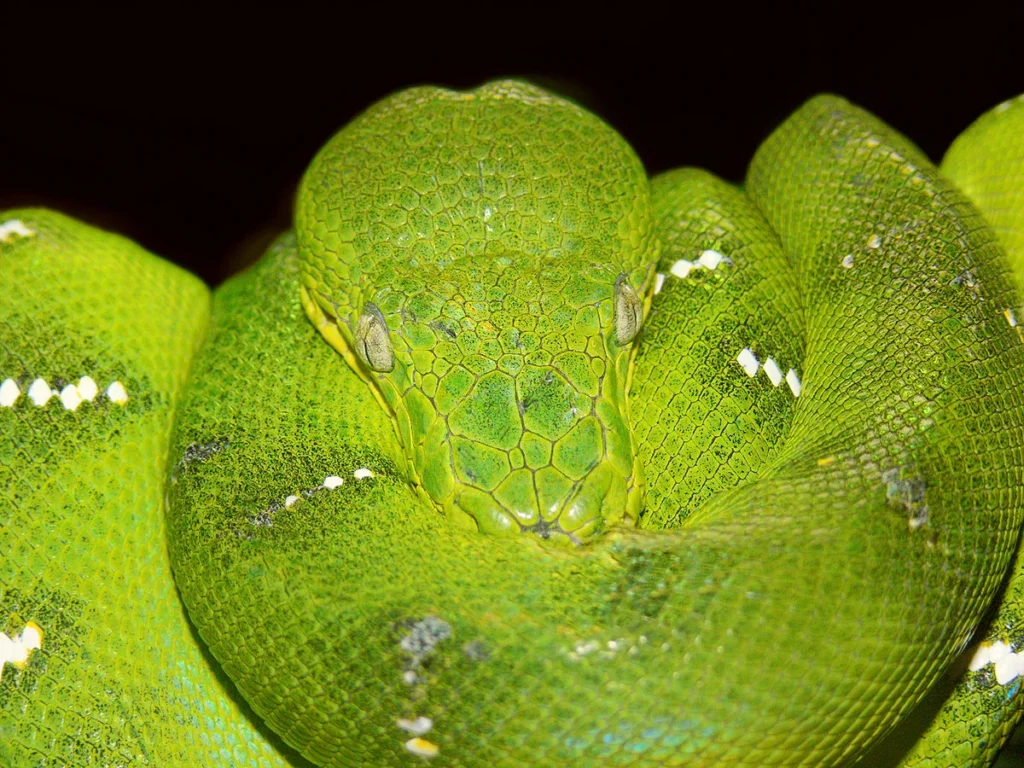
During breeding seasons or when protecting nesting sites, non-venomous snakes may exhibit more assertive behaviors toward perceived intruders, including following them to ensure they leave the territory. This escort behavior isn’t an attack strategy but rather a defensive mechanism to protect vulnerable eggs or young. Black rat snakes and corn snakes, for example, may shadow hikers who unwittingly pass too close to their nesting areas. The snake’s goal in these situations isn’t to harm but to monitor the intruder until the perceived threat has moved a safe distance away from their protected space. Understanding these territorial imperatives helps contextualize what might otherwise seem like aggressive or stalking behavior.
Seeking Warmth and Shelter
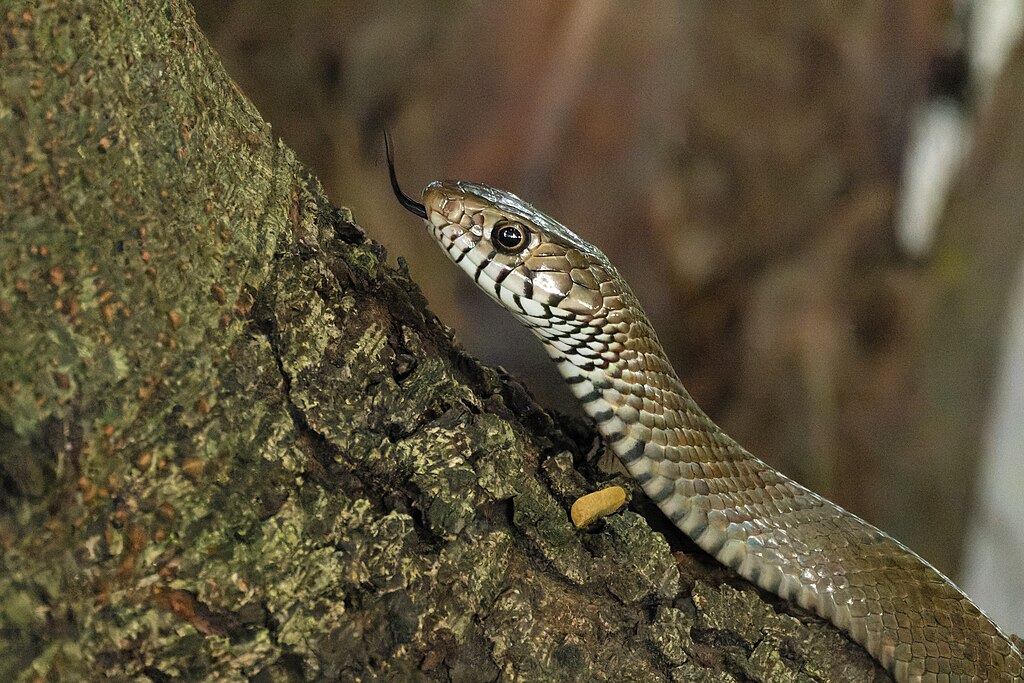
Snakes are ectothermic creatures, meaning they rely on external heat sources to regulate their body temperature. Human bodies emit heat that can be attractive to snakes, especially in cooler environments or during early morning hours when ambient temperatures are low. A snake might follow you because you represent a moving heat source in an otherwise chilly landscape. Additionally, humans create shadows that can provide temporary shelter from predators or harsh sunlight. Some snake species have learned that large mammals can inadvertently provide protection, making trailing behavior advantageous from a survival perspective. This heat-seeking behavior is particularly common in temperate regions where temperature fluctuations are more pronounced.
Scent Attraction and Human Belongings
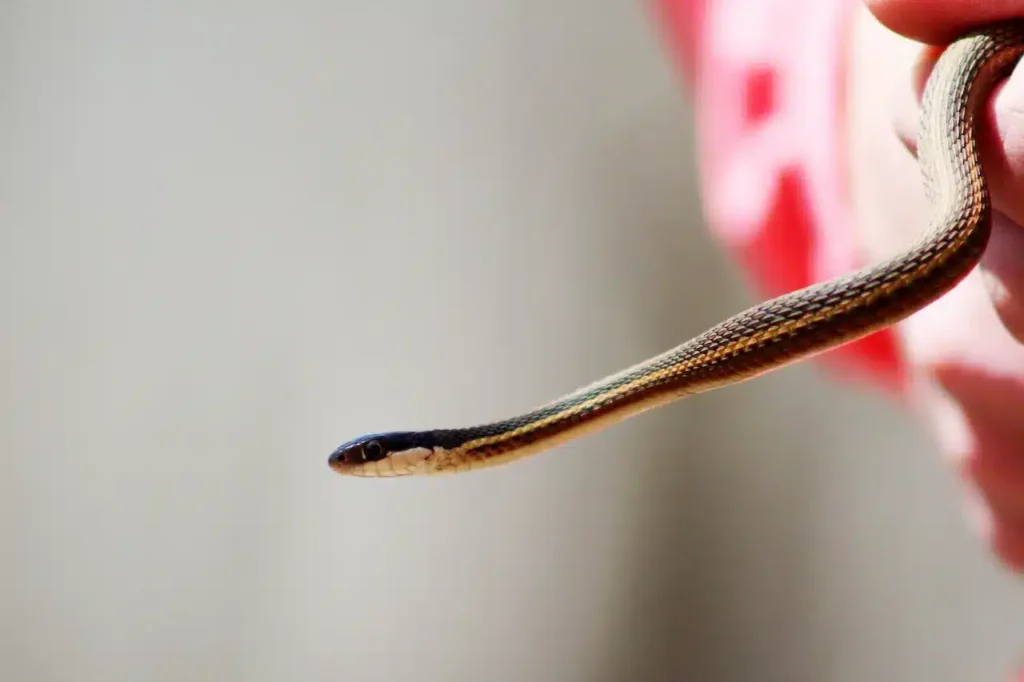
The items we carry while hiking or camping can sometimes attract non-venomous snakes without us realizing it. Food residue on backpacks, the smell of protein bars in pockets, or even certain synthetic materials in outdoor gear can emit scents that snakes associate with potential food sources. Snakes have highly specialized olfactory systems that can detect these subtle aromas from surprising distances. A water snake or garter snake might follow a hiker whose bag contains fish they caught earlier, or whose hands still carry traces of food scent after a trailside snack. This isn’t stalking in the predatory sense but rather an investigation of interesting smells that the snake’s biology compels it to explore.
Path of Least Resistance
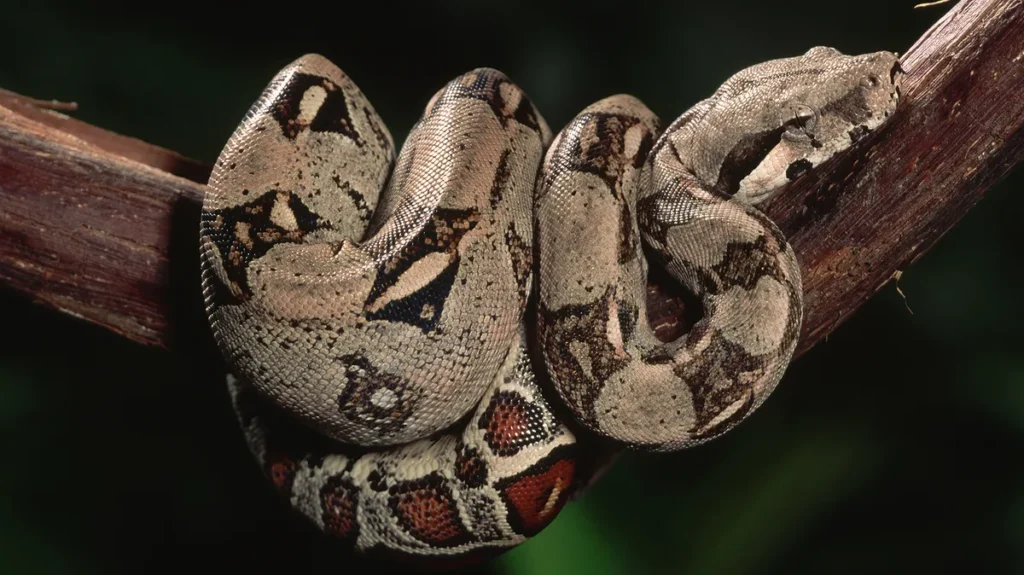
Sometimes what appears to be following behavior is simply a snake taking advantage of the path you’ve created through difficult terrain. In dense underbrush, tall grasslands, or rocky areas, humans inadvertently create temporary corridors of easier passage as they move through the landscape. Non-venomous snakes, being pragmatic creatures, may utilize these human-made pathways for more efficient travel. Species like king snakes and bull snakes are known to be opportunistic travelers in this regard. The snake isn’t actually following you per se, but rather taking advantage of the convenient route you’ve established through challenging habitat. This behavior is especially common in areas with thick vegetation where movement otherwise requires significant energy expenditure.
Instinctual Tracking Behaviors
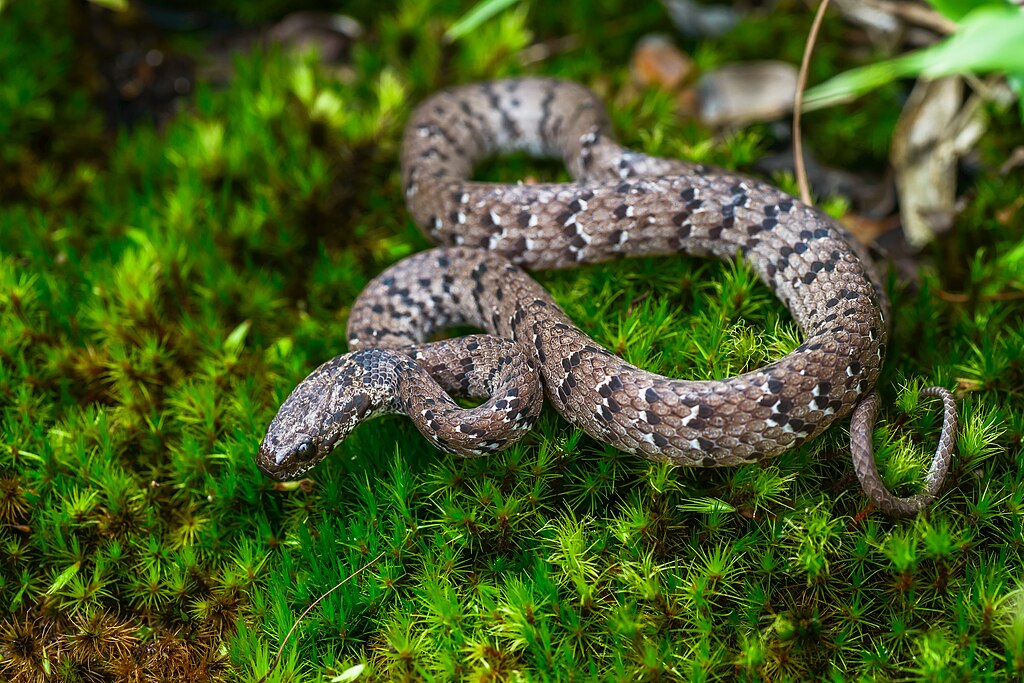
Certain non-venomous snake species possess natural tracking abilities that evolved primarily for hunting prey but can occasionally be directed toward humans. Rat snakes and pine snakes, for example, have developed sophisticated methods for following scent trails left by rodents. These same tracking mechanisms might be activated when they detect unfamiliar human scents in their territory. The snake’s brain processes these novel stimuli through the same neural pathways used for prey detection, triggering an investigative response. This doesn’t mean they’ve mistaken you for prey, but rather that their innate tracking systems have been activated by your presence. The behavior typically ends once the snake has gathered sufficient sensory information to determine you’re neither threat nor food.
Coincidental Directional Movement
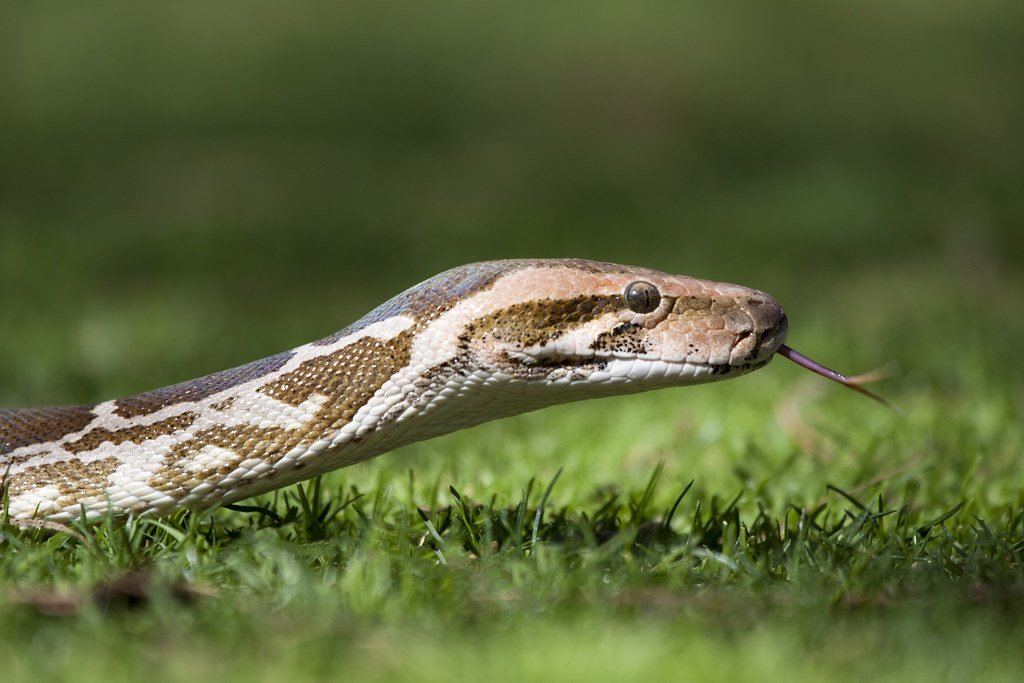
Not every instance of a snake appearing to follow a human represents actual tracking behavior. Sometimes what hikers interpret as following is simply coincidental parallel movement. Snakes and humans often use the same natural pathways through wilderness areas – ridgelines, game trails, waterway edges, or gaps between rock formations. If you’re hiking along a creek bed that represents the easiest travel route through an area, a water snake moving in the same direction isn’t necessarily following you but rather utilizing the same logical path. This misinterpretation is common among wilderness travelers who may not understand the natural movement patterns of local snake species. Recognizing these coincidental movement patterns can help distinguish between actual following behavior and simple shared use of optimal travel routes.
The Role of Human Perception and Fear
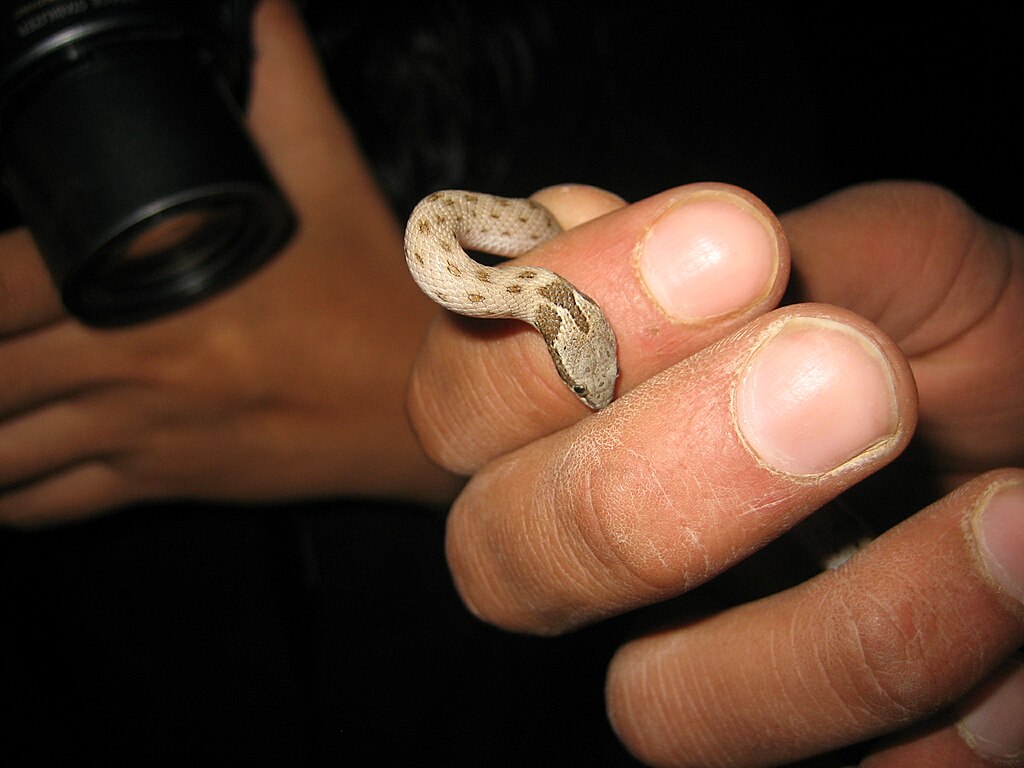
Our perception of being followed by snakes is heavily influenced by innate human fears and cultural conditioning. Ophidiophobia, the fear of snakes, affects approximately one-third of adult humans to some degree, making us particularly prone to misinterpreting snake movements as threatening or deliberate. When a snake moves in our direction or appears to track our movements, our threat-detection systems often override rational assessment of the situation. This evolutionary response once protected our ancestors from genuinely dangerous serpents, but in modern contexts, it frequently leads to mischaracterization of harmless behavioral patterns. Understanding how our perceptual biases affect our interpretation of snake behavior can help us respond more appropriately during wilderness encounters, reducing stress for both humans and reptiles.
Defensive Following Behavior
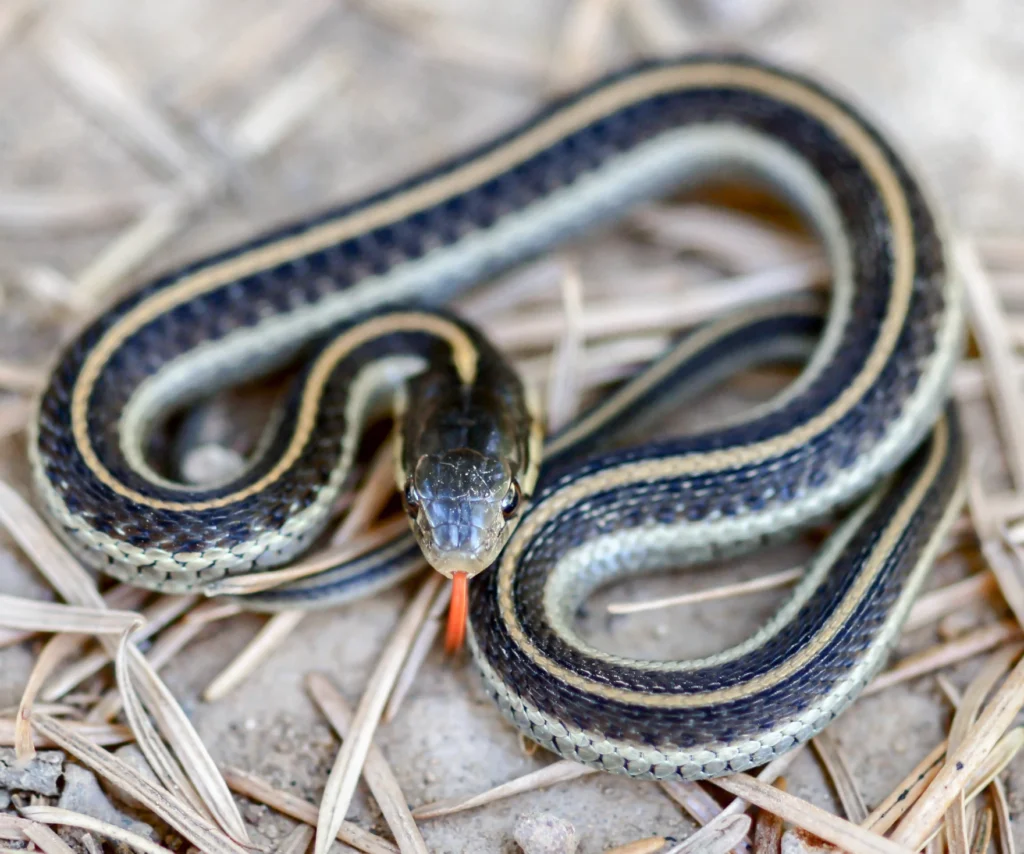
In some circumstances, non-venomous snakes may follow humans as part of a complex defensive strategy rather than out of aggression. Certain species like hognose snakes and king snakes have evolved behaviors that include monitoring potential threats while maintaining a safe distance. By following a human intruder, these snakes can keep the perceived threat in sight while remaining prepared to retreat if necessary. This behavior represents a middle ground between fleeing and confronting that can be advantageous in certain environments. The snake essentially escorts the human through its territory while constantly reassessing the threat level. This sophisticated behavioral adaptation allows the snake to protect itself while expending minimal energy on an unnecessary full retreat.
Learned Associations with Humans
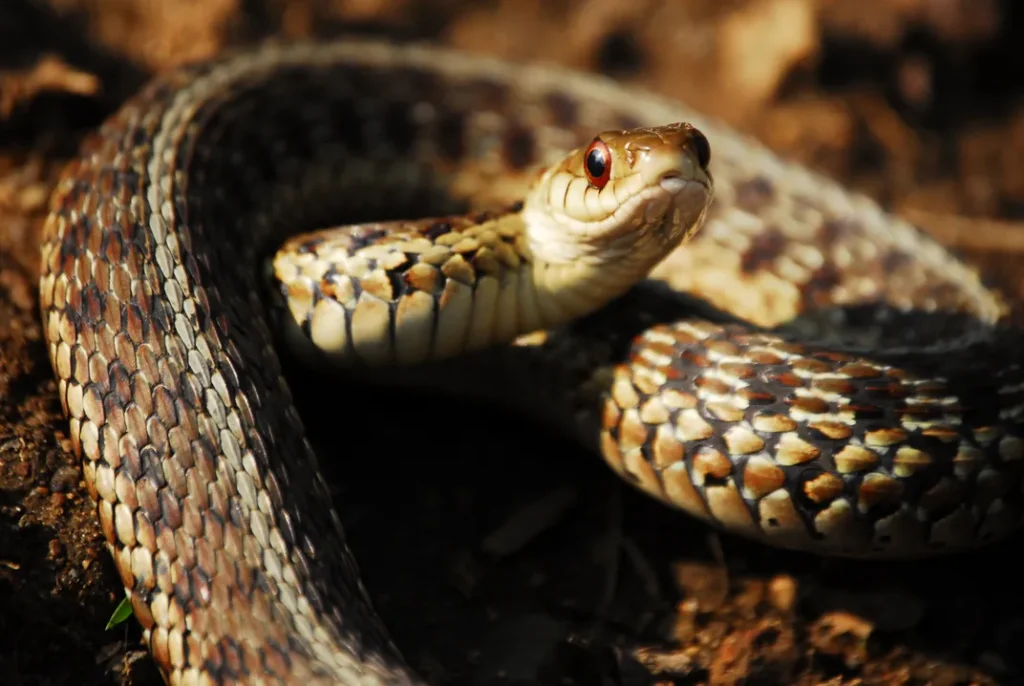
In areas frequently visited by humans, some non-venomous snake species may develop learned associations that influence their interaction patterns. Snakes in popular hiking areas or near campgrounds might associate human presence with food opportunities due to improper waste disposal or intentional feeding by visitors. This conditioning can lead to following behaviors motivated by the expectation of food rewards rather than natural instincts. Black rat snakes and garter snakes are particularly adaptable and capable of forming these associations. Unlike truly wild snakes that typically avoid human contact, these habituated individuals may actively approach or follow people based on past positive reinforcement. This underscores the importance of proper food storage and waste management in wilderness areas to prevent unnatural wildlife behaviors.
Species-Specific Following Tendencies
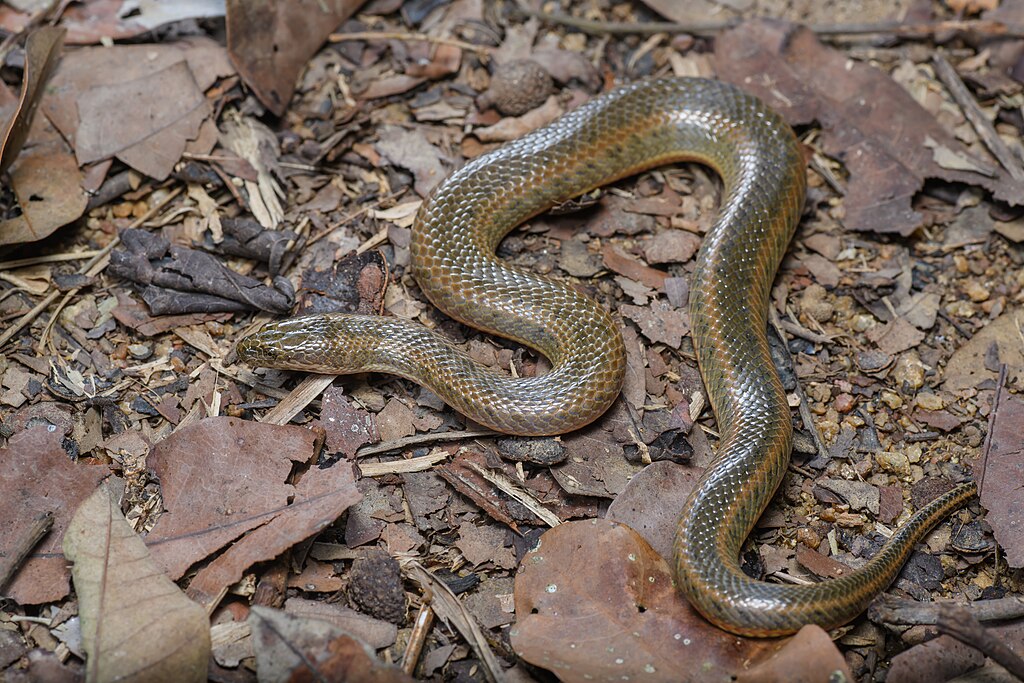
Not all non-venomous snakes are equally likely to exhibit following behaviors toward humans. Certain species demonstrate this tendency more frequently due to their natural temperament, ecological niche, or evolutionary history. Rat snakes, for instance, are known for their bold, curious nature and relatively complex problem-solving abilities, making them more likely to investigate human presence. Garter snakes, despite their small size, often display surprising boldness around humans and may follow hikers through their territory. Conversely, shy species like ring-necked snakes or earth snakes almost never engage in following behaviors, preferring immediate retreat when they detect human presence. Understanding these species-specific behavioral tendencies can help wilderness enthusiasts better predict and interpret snake encounters in different habitats.
How to Respond When a Snake Follows You
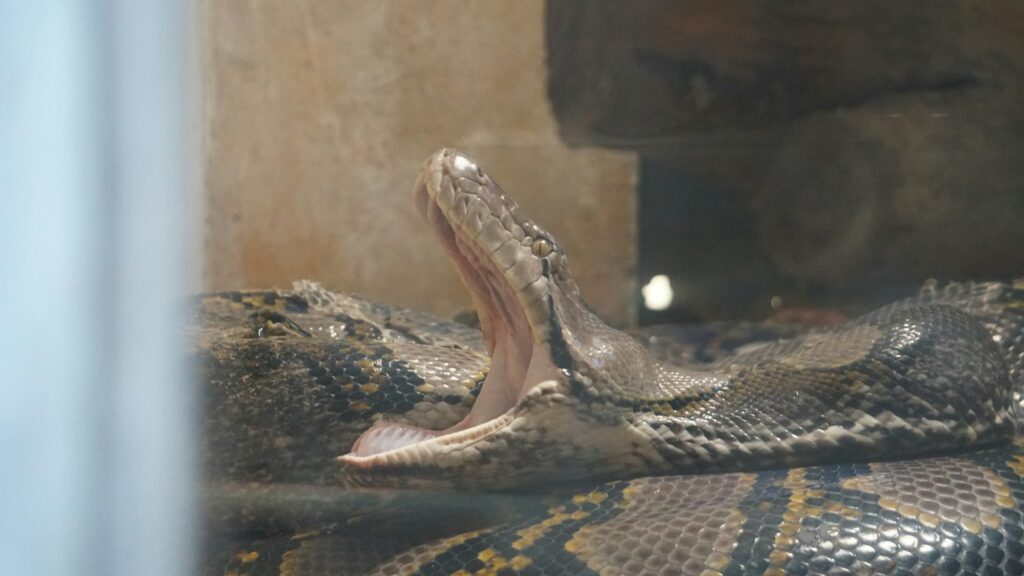
If you notice a non-venomous snake appearing to follow you in the wild, the appropriate response requires balancing respect for the animal with personal safety considerations. First, remain calm and avoid sudden movements that might trigger defensive reactions from the snake. Creating distance between yourself and the snake is generally advisable – simply continue walking steadily away rather than running or making threatening gestures. If the snake persists in following, changing direction or briefly stopping in an open area may help break the pattern, as the snake will likely move on once it determines you’re neither threat nor prey. Never attempt to handle, harass, or harm the snake, as this increases the risk of defensive bites and causes unnecessary stress to the animal. Remember that in virtually all cases, the snake’s following behavior represents curiosity or confusion rather than aggression.
Conclusion
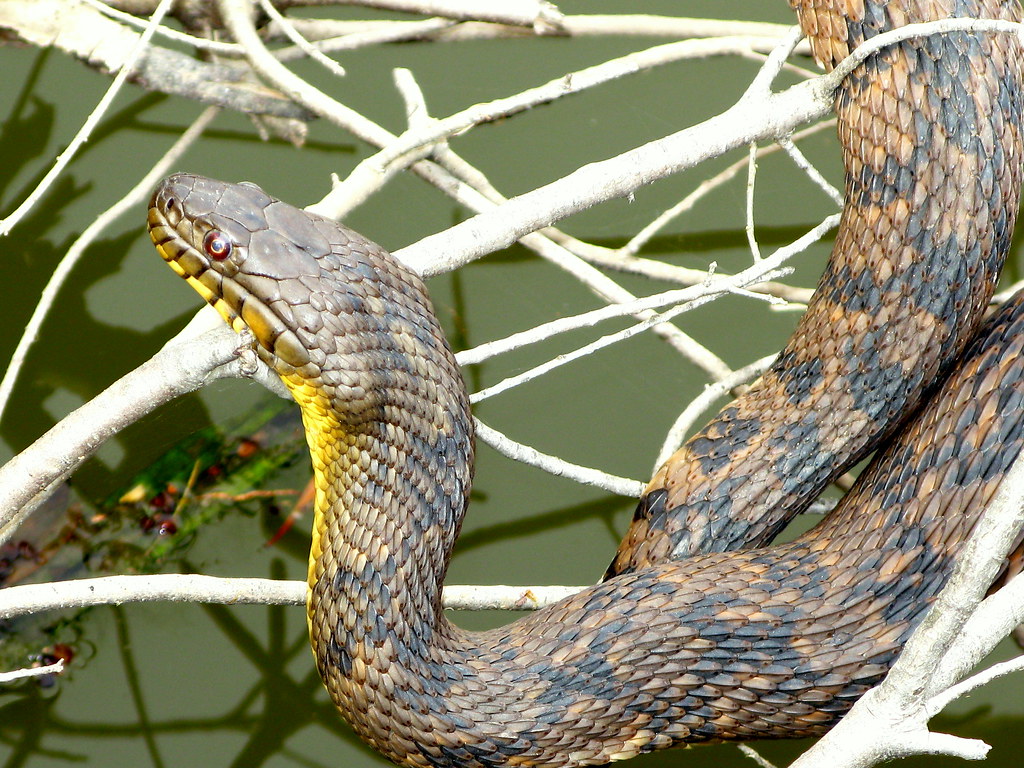
The phenomenon of non-venomous snakes following humans in wilderness settings reveals much more about these creatures’ complex behavioral adaptations than it does about any threat they might pose. From curiosity and territorial monitoring to opportunistic path-following and learned associations, these behaviors reflect sophisticated survival strategies evolved over millions of years. By understanding the true motivations behind this seemingly unnerving behavior, we can approach wilderness encounters with greater knowledge and less fear. The next time you notice a snake appearing to follow your trail, consider that you’re witnessing an intriguing glimpse into the reptilian mind rather than facing an imminent threat. This perspective not only enhances our wilderness experiences but also promotes a more harmonious relationship with these important members of natural ecosystems.

